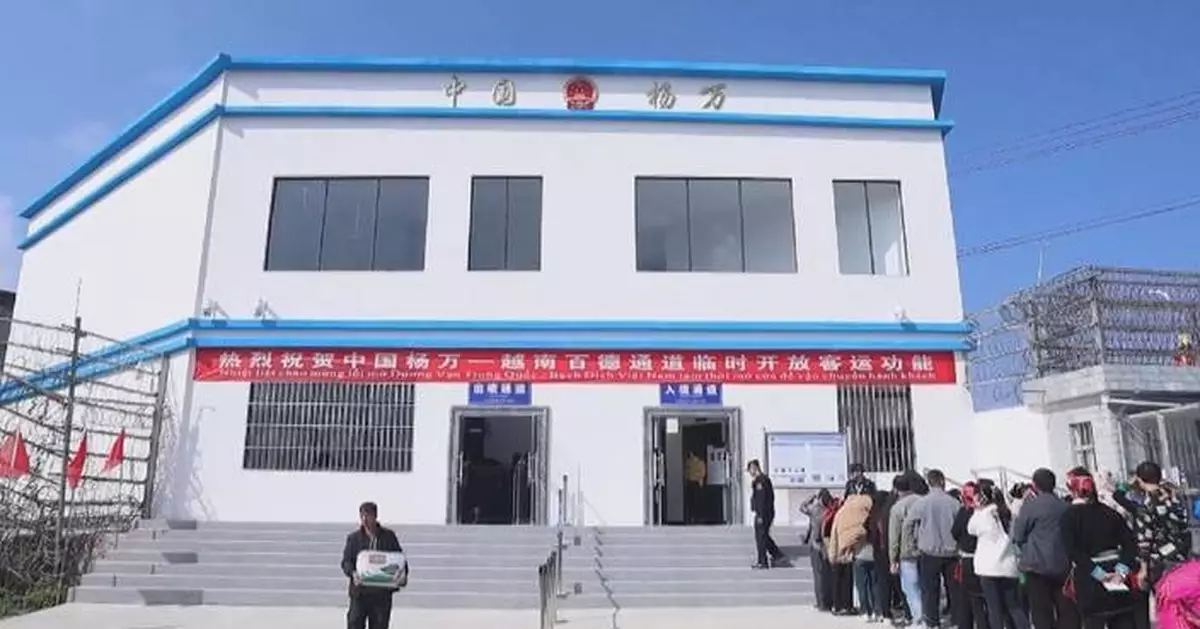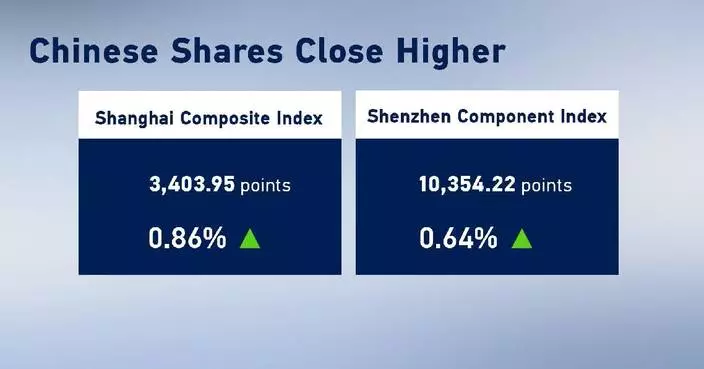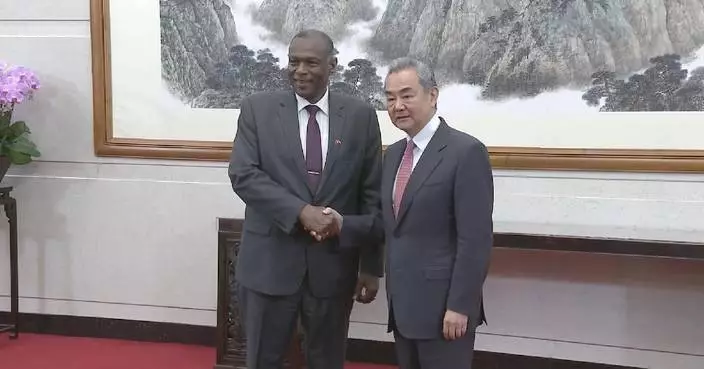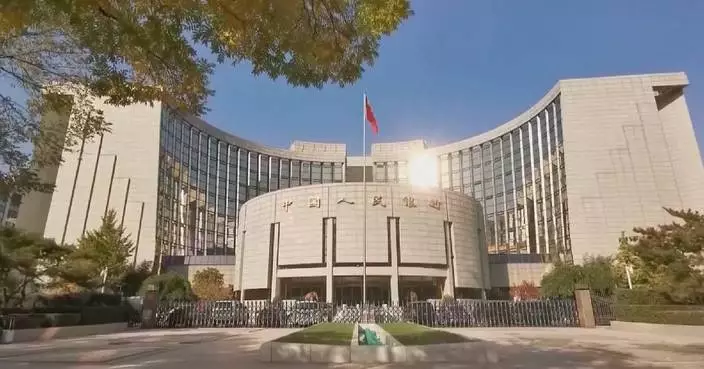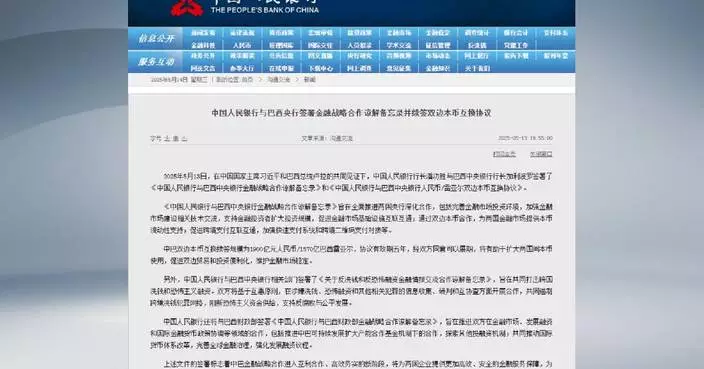China and Vietnam opened two temporary corridors crossing the border on Sunday to facilitate travel, trade and people-to-people exchanges.
The two corridors connect Babu Township and Yangwan Township in Wenshan Zhuang and Miao Autonomous Prefecture of southwest China's Yunnan Province respectively with two locations in Vietnam's An Minh and Quan Ba counties.
"It's quite convenient and fast. Once we obtain our border resident certificates, we can just cross the border with them, and the customs clearance takes just a few minutes," said Zhou Jinchang, a villager in Yangwan Township.
"In terms of trade, it will bring income to businesses. For example, daily necessities, agricultural tools are all allowed to trade," said Xiang Minghe, another Yangwan resident.
In the first half of the year, Wenshan registered 386,000 entry and exit trips, up 385.4 percent year on year.
This growth is driven by surging trips of not only Chinese and Vietnamese residents and tourists, but also travelers from other countries, owing to China's expanding visa-free policies and thriving economic activities in the border areas.
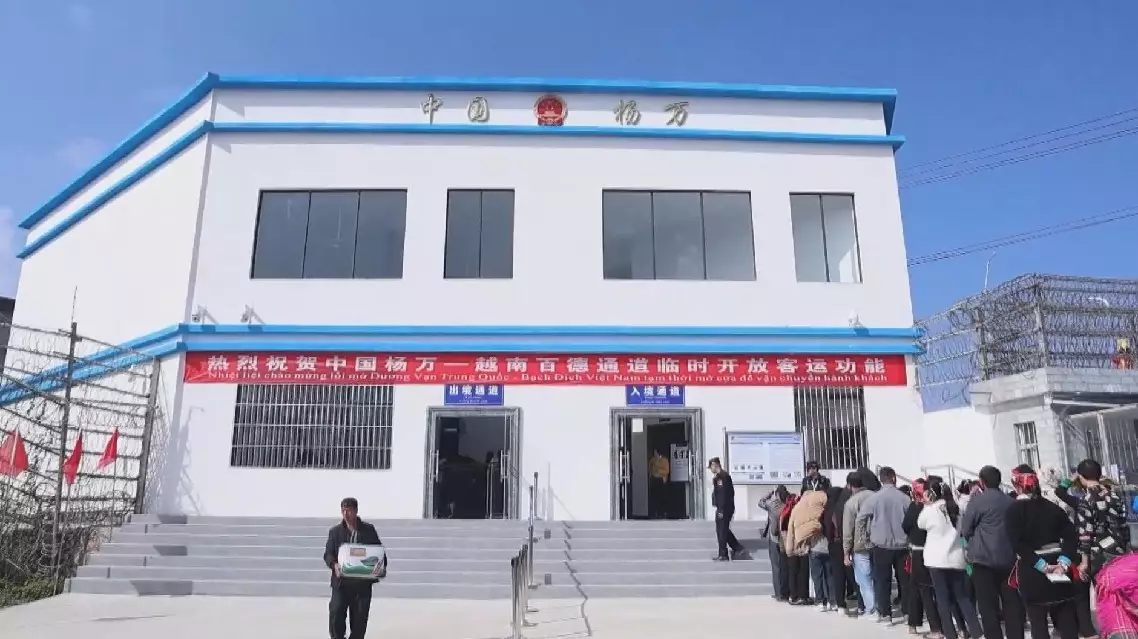
China, Vietnam open two temporary cross-border corridors to facilitate trips, trade
China welcomes more Latin American and Caribbean (LAC) countries to issue panda bonds in China and share the development opportunities brought by the growth of the Chinese market, said Pan Gongsheng, governor of the People's Bank of China, the central bank, on Wednesday at the China-LAC Panda Bond Seminar in Beijing, one of the sub-forums of the China-CELAC (the Community of Latin American and Caribbean States) Forum.
Addressing the seminar, Pan said China and LAC countries, including Brazil, as important members of the Global South, have achieved fruitful outcomes in financial cooperation, contributing to China-LAC economic and trade cooperation, financial stability, and economic growth.
Given the complex and challenging international landscape, China and LAC countries should strengthen financial cooperation across broader and deeper fields to jointly address common challenges, he said.
Panda bonds are RMB-denominated bonds issued by foreign institutions within China. The funds raised through panda bonds are versatile, being used for purposes including financing domestic projects, business development, and overseas operations. These bonds provide a cost-effective source of capital for foreign institutions seeking to expand in international markets.
The issuers of panda bonds now span a diverse array of organizations, including international development institutions, foreign governments, overseas financial entities, and non-financial corporations. These issuers cover all five continents: Asia, Europe, Africa, North America, and South America.
In recent years, the panda bond market has experienced rapid development and emerged as one of the key drivers of RMB internationalization. Over the first four months of this year, the total issuance of panda bonds reached 62.2 billion yuan (8.6 billion U.S. dollars), continuing to demonstrate its strong growth and momentum.
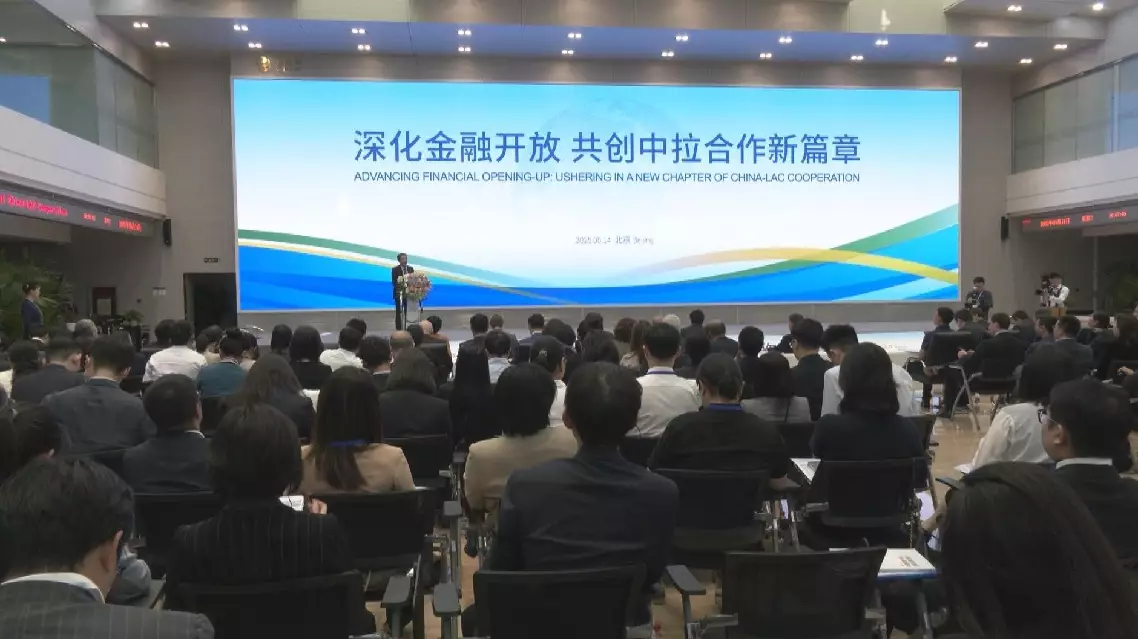
China welcomes more LAC countries to issue panda bonds: central bank governor



